The Great Temple at Tanjavur is a visual representation of Cosmic power on earth that remains, according to the pious wish of the builder, so long as the sun and moon lasts. The God who inhabits this abode is said to be seated with his consort on the summit of the metaphysical mountain surrounded by a circle of peaks in which the divine power descends in diminishing potency as it comes down gradually and takes his abode at the peak of the circle, appropriate to his direction and also the relative importance in the hierarchy. So each peak is a virtual temple. This metaphysical mountain is called the great meru – Mahameru, which forms the basic concept of the Brahadisvara temple of Tanjore.
Meru, the mythical mountain is said to be a golden mountain. True to its nature, Rajaraja covered the superstructure of this temple with gold that made this loftiest golden temple at the time. The images one sees on the upper tiers represented with bow and arrow in their arms are the innumerable Rudras called Sata-rudras, who are said to move in the upper spheres and represent the sun’s rays, a representation unique to this temple. This temple also portrays the five forms of Panca Brahmans – Tatpurusa, Aghora, Sadyojata, Vamadeva and Isana, in individual sculptural forms and enshrined in the lowe niches. With four sides of the sanctum provided with openings and its height exactly double its width at the base, the lofty tower fulfils all requirements of the Meru type of temple architecture.
The Brhadisvara temple locates for the first time in Indian history, the 108 forms of nrtta karanas on the upper storey around the sanctum wall in sculptural form and reflects the concepts of cosmic space in which Siva’s dance takes place. The available karanas are discussed in this volume for the first time in the light of Abhinavagupta’s commentary and also the views of modern scholars.
Every structure in the temple is dated with the help of inscriptions. The story is taken through the centuries and its change in meaning and ritual are brought out in this volume which points out what a Hindu temple mean when in full form and through the centuries. The personality of the builder, the role of Rajajguru in planning and guidance and also the names of architects who designed the carved the sculptures and executed the lovely paintings are also furnished in this volume which makes it an invaluable work on the temple.

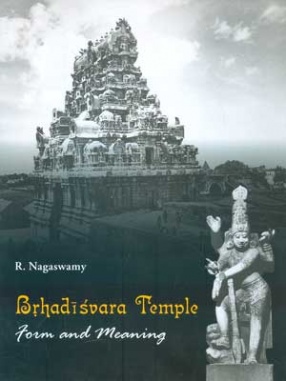
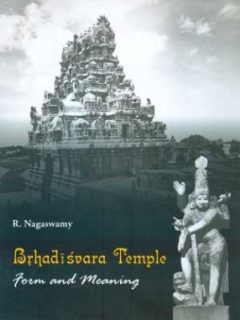
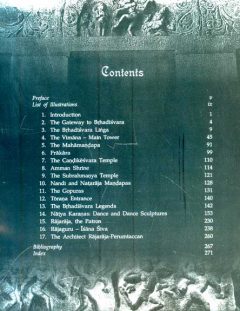
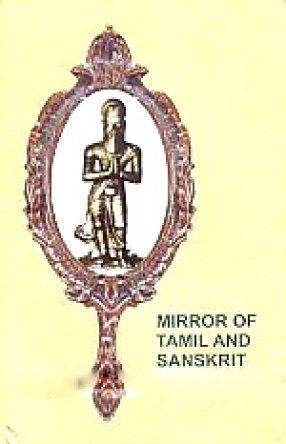
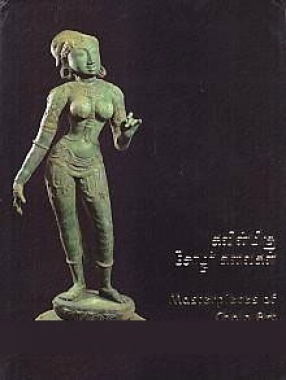
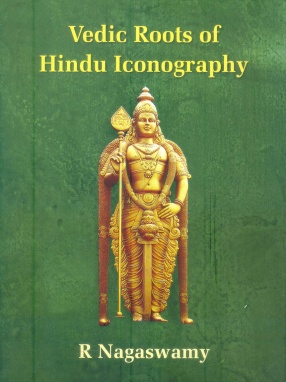
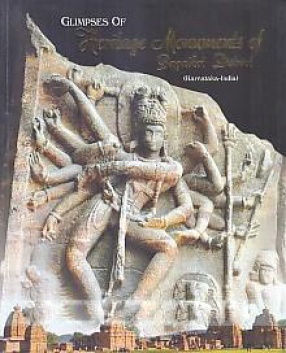
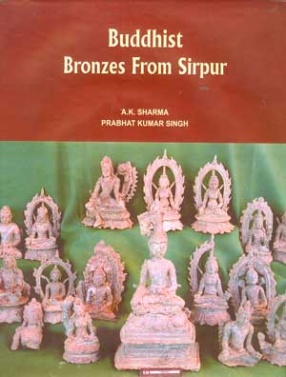
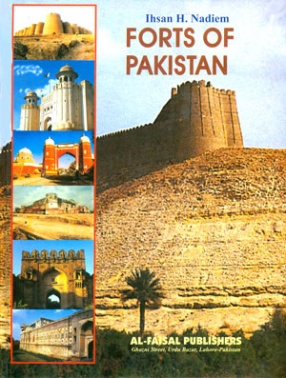
There are no reviews yet.